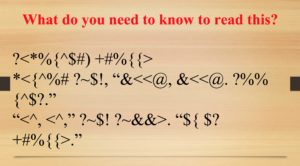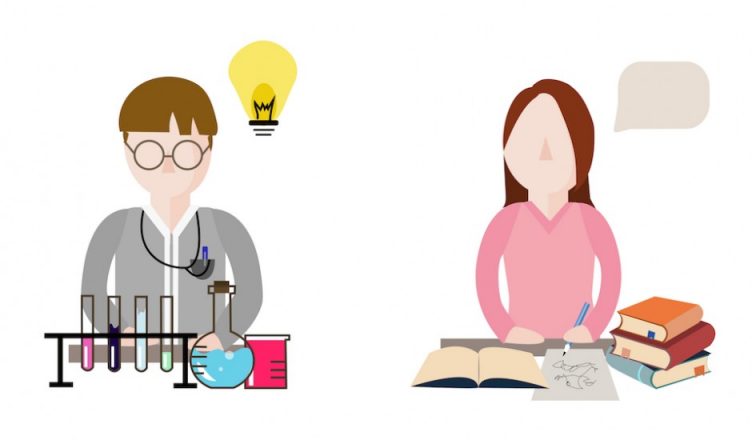As of Saturday, March 14st, 2020, I have been at home social distancing myself amid the COVID-19 outbreak, with my computer, my phone, my tv, and Netflix. Between moving from my bed, to my brothers room, to the couch, and then back to my bed, I’ve begun to think a lot about Henry David Thoreau and his experience with isolation in Walden. More specifically, how different the two are and how much I seem to be struggling with this sudden change.
Thoreau writes Walden about his feelings in isolation in the woods, completely away from technology. Thoreau is close enough to a town to be able to have human interaction and is in an area where people frequently visit his cabin. While I am surrounded by my family, I am in no way disconnected from technology. In this way, my experience is completely different from Thoreau’s experience in Walden. In fact, it almost makes me wish I did not have to be glued to my computer to complete my studies for the remainder of the semester.
Just during spring break alone, I spent two days over the phone and online trying to reschedule a trip, then, I spent a significant amount of time reading the various emails sent by the administration, and, most agonizingly, I spent time in front of the tv listening to President Trump and Governor Cuomo give various updates about New York State and the COVID-19 situation. I have been home for nine days – I am ready to throw my laptop out the window.
Thoreau, while in the woods, seemed to greatly enjoy being with nature and being alone – at least, that is what I have seen from his writing, for the most part, thus far. He would tend to his bean fields, entertain visitors, and travel into town. While being away from technology, he still was able to lead a somewhat normal life in the woods. I, however, and everyone in New York, simply cannot do that right now. We have to stay home to flatten the curve. We cannot see people who are not in our inner circle. We shouldn’t be taking trips into town to go to the store or the mall (not like we could if we wanted to since all unnecessary businesses are closed per the states mandate). Instead, as students, we get to sit at home in front of our screens, learning how to learn using a new style, and be surrounded by just our family.
My eyes are tired. I can’t rewatch another episode of Stranger Things. I can’t read another email about COVID-19 and the procedures to follow during te four days I had to collect my belongings from campus. I can’t watch videos of my professors teaching, I know I struggle to learn that way. On top of that, I need social interaction. I should be at Geneseo right now, rooming with my best friend from High School and preparing for midterms. Instead, I’m at home, in my childhood bedroom, with my brothers and parents down the hall.
The last time my whole family was home for an entire week on vacation was in 2007 – I was in Second Grade. That was when my oldest brother was a Senior in High School; it was the last time we all had a spring break at the same time. This upcoming week, while I begin to attend classes online, my entire family will be home, scattered throughout the house going about their day with a new routine. I can’t go to a library, a Starbucks, even just a random café – its all closed and I shouldn’t be leaving the house anyway.
At first, the thought of isolation was kind of fun, in the context of our readings for this course. I was going to really see what Thoreau discussed in his text. But this just isn’t it. I feel like I cannot escape technology no matter how hard I try. Five days of my week will be spent in front of a computer doing school work and going to classes. I know in this day and age we all use our computers to get work done frequently, but something about the prospect of taking classes online gives it a different feel. Before, I was able to put the laptop down and just relax with friends around campus, or I could take breaks in between classes from technology. Now it’s all technology.
I don’t want to sound ungrateful here. I love my computer, I love Netflix, I love being able to have information at my finger tips on my phone. But this whole thing? It feels more like a burden than a blessing, more like a hardship than a way of making something easier – you know, what technology was suppose to do in the first place.


